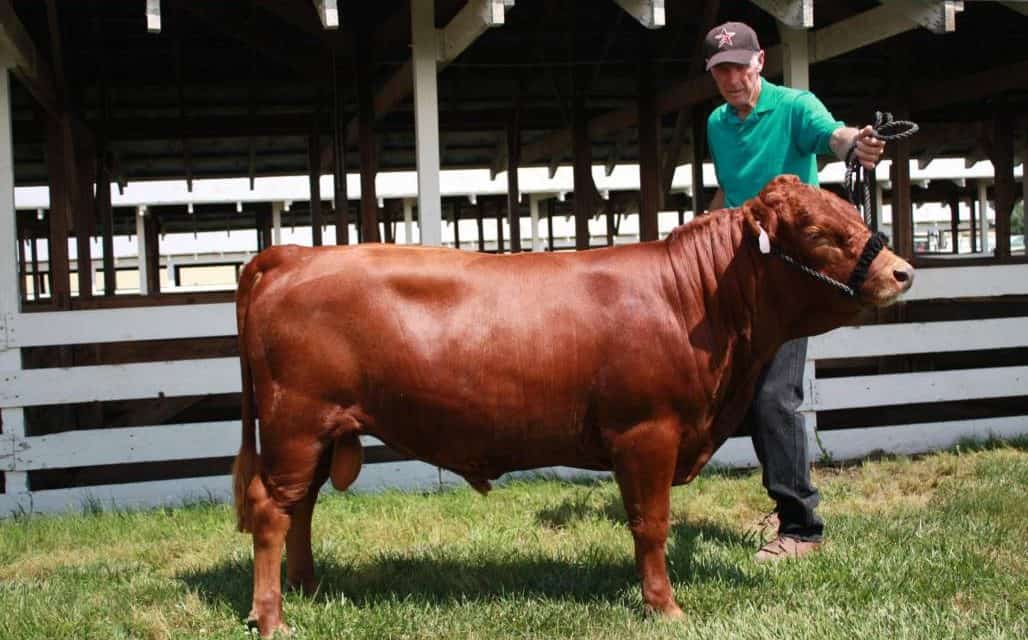

The use of vaccines or the need for antibiotics is rare. Juxtapose all of that to a Dexter which is hardy, thriving in a wide variety of locals. Just as deficient, a beef raiser must be prepared to “pull” (assist with) calves increasing the potential of financial loss from added manpower needed, risk of mortality of both calf and cow, and impaired fertility of the cow. A commercial dairy cow requires massive feed and pharmaceutical inputs to achieve this high volume, and this high production burden has reduced the expected life span to a mere five years. They have bred for higher volume, without the financial considerations of the higher inputs and maintenance required to achieve those volumes. Homesteaders need efficiency and low maintenance and Dexters are exactly that.Ĭommercial beef and dairy producers are sadly coming to terms with the reality that “bigger does not equal better”. Homesteaders need more than quality beef and milk. Compared to the typical heavy cream texture of Jersey milk, Dexter milk is known for its lighter fresher taste.Ī Dexter cow will produce one to two gallons of milk at a milking, which is much less milk than a specialized dairy breed, but Dexters are intended to be a dual purpose family cow (beef and dairy), so the goal is to provide fresh daily milk for a family, provide for the growing calf (which will one day be beef) and still remain in good body condition herself. Even after skimming the cream, the remaining milk is anything but thin (non-fat) “skimmed milk”. Although the butterfat is touted at an impressive 4% (surely diet can affect this) it is naturally more homogenized into the milk so the cream separation is not as pronounced which is a wonderful attribute when making cheese. Another notable advantage is the conversion ratio from hanging weight to cut & wrap weight where a typical beef breed will usually be in the 40-50% range, a Dexter harvested at the an optimum time will be in the 50-55%+ range with the smaller cut sizes more aligned with dietary guidelines for recommended serving size.ĭexter milk is different from the better known homesteading dairy breeds like Jerseys or Guernsey. Depending on your preference you can harvest as early as eighteen months for a leaner product or wait until twenty-four months for more marbling.Īsk any butcher or chef that has had the opportunity to taste Dexter beef and they will validate that it is notably better tasting than typical beef breeds. With their naturally small size, Dexters are ideal for grass-fed/grass-finished beef. No, they will not ”feed the world”, but they will efficiently convert grass and browse into nutritious and delicious food for a family. A Dexter will provide excellent quality beef and superior milk in manageable quantities.

Livestock do not need to be “large” to offer big benefits, and especially for smaller acreages there is none that can out-perform a Dexter.ĭifferent from other cattle breeds, beef type or dairy, Dexters are not bred and raised for quantity production but rather quality of product. They can provide soil fertility, weed clearing, provide a little extra income from their abundance, and/or be a hobby as many livestock owners enjoy showing and exhibiting their animals. A homesteaders selection criteria is not just milk or beef, but rather milk and beef.īut livestock can provide more than food, their byproducts can be used for soap and other artisan crafts.

So when it comes to considering large livestock, selecting an animal species or specific breed that provides multiple benefits should be the goal. "Livin' the country life" is about simplicity, self reliance and doing as much as you can with as little as possible, always with an eye on the bottom line.


 0 kommentar(er)
0 kommentar(er)
